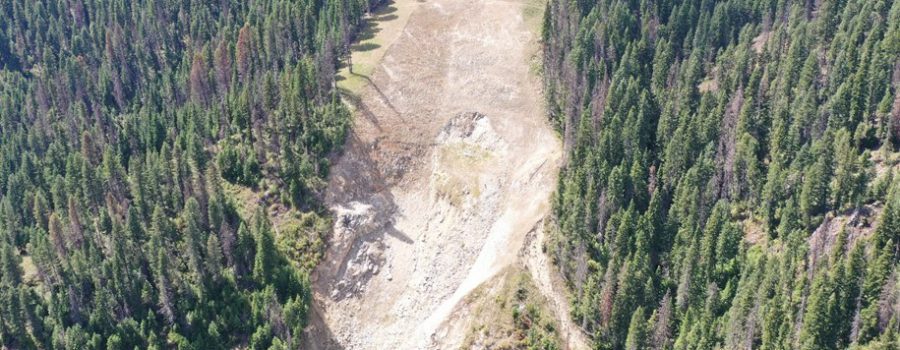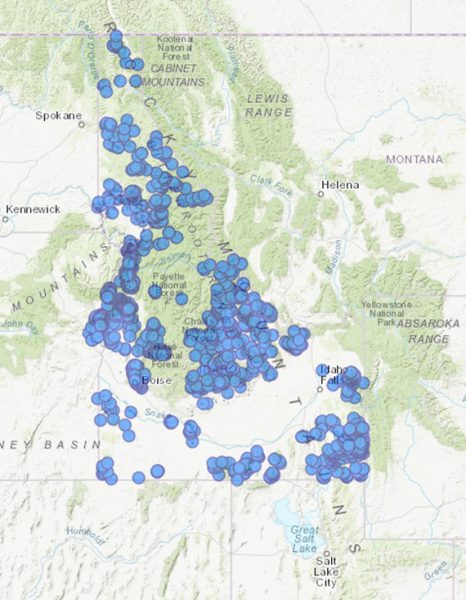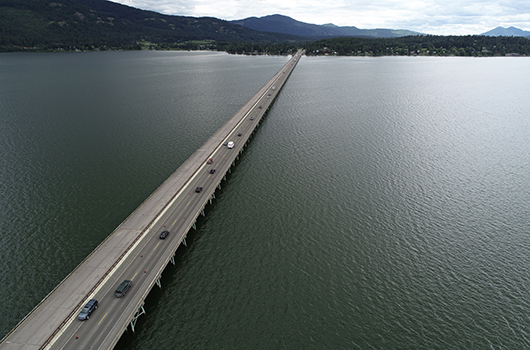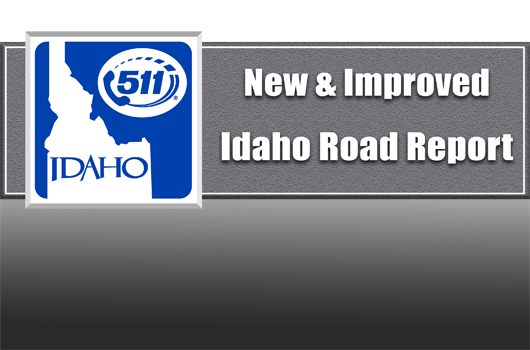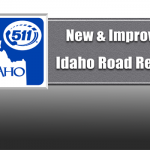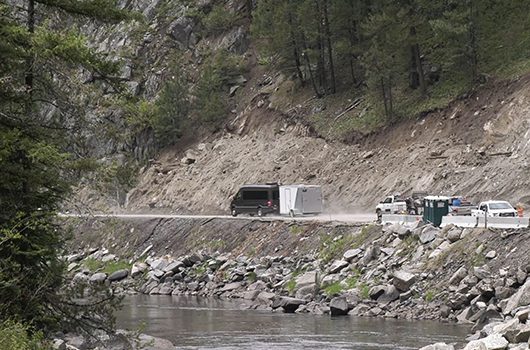Director Ness to retire from Idaho Transportation Department in spring 2022

Brian Ness, the longest-serving director in the history of the Idaho Transportation Department (ITD), announced his retirement Wednesday (Aug. 18) after 12 years at the helm.
————————————————————————-
Here is a bio of Director Ness’ work history: (https://itd.idaho.gov/wp-content/uploads/2021/08/Brian-Bio.pdf
Along with personal and professional accomplishments: (https://itd.idaho.gov/wp-content/uploads/2021/08/Brian-Ness-Activities-and-Honors_2021.pdf)
————————————————————————-
“I have had the honor of serving you as your director and I am proud of the many accomplishments we have achieved together,” Director Ness told employees at the Idaho Transportation Board’s monthly meeting in Coeur d‘Alene on Wednesday. “We have transformed ITD into an organization that is credible in the eyes of the public, responsible with taxpayer dollars and focused on improving the employee experience. “This has been the greatest honor of my career, nothing will match what we have done together at ITD.”
Ness personally thanked his wife, Jackie, and family for their support during his more than 44 years as an engineer in the transportation industry. His entire professional career was in public service and included stops at the Iowa and Michigan Departments of Transportation.
“When Brian arrived at ITD, the organization lacked the confidence and trust of the public and Legislature,” said Transportation Board Chairman Bill Moad, “He leaves ITD as an agency that has shifted its workplace culture into one where employees are encouraged to innovate, deliver excellent customer service and exceed public expectations.” Moad added that, “Brian was hired to help ITD become one of the best transportation department’s in the country and now ITD is known as a national leader.”
During Ness’ tenure, ITD streamlined unnecessary layers of bureaucracy, began compensating employees for experience and skill rather than tenure, and focused services on outcome-based results, not processes.
“I appreciate Brian for his many years of dedicated service to the State of Idaho. Brian has worked hard to achieve his vision of helping to make the Idaho Transportation Department an example of efficiency. I wish him well in his well-deserved retirement,” Governor Brad Little said.
The department has received unprecedented funding support from the Idaho Legislature since Ness became director in 2009. This Included House Bill 312 that raised nearly $100-million for highway maintenance on the state system. Additionally, the 2021 legislature passed House Bill 362 into law that directs $80 million toward roads and other projects. The bill, a part of Governor Little’s “Building Idaho’s Future” infrastructure plan, allows the state to bond for up to $1.6 billion for transportation infrastructure projects statewide.
“I want to personally thank Governor Little, the Idaho Transportation Board and the Idaho Legislature for continually recognizing the hard work of our employees and trusting the direction we are headed,” Ness said.
Ness plans to retire in the spring of 2022. The early notice gives the department time to find a replacement and create a smooth transition. Chairman Moad said he will begin a complete national and internal search immediately to find a successor for Director Ness.
“The new director will be a Licensed Professional Engineer. This person will need to advance the award- winning strategic direction of the department and have a strong vision for the future. Needless to say, the new director will have enormous shoes to fill.”
Click below for video message:
https://youtu.be/kgXVXS6VX4c






